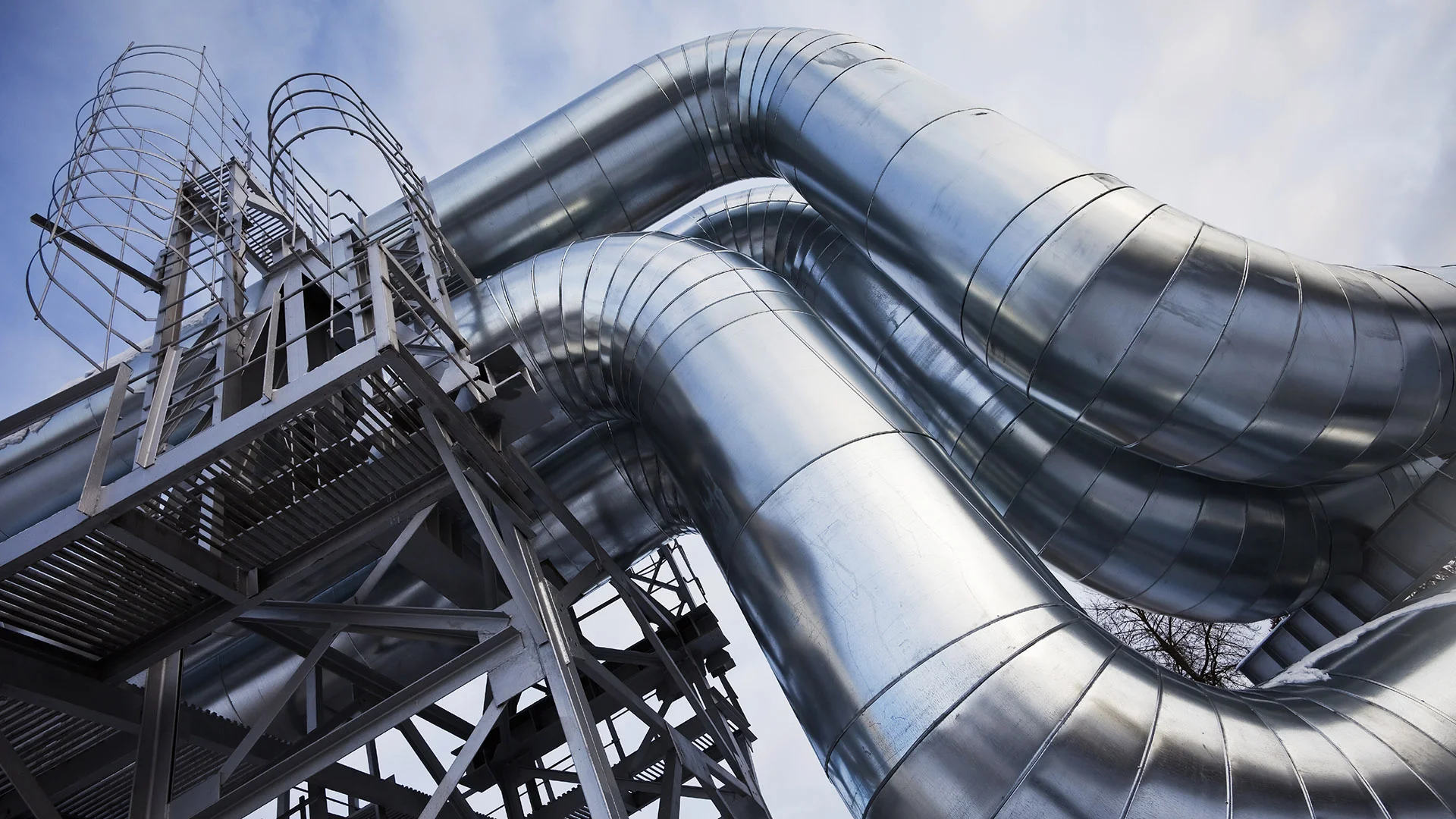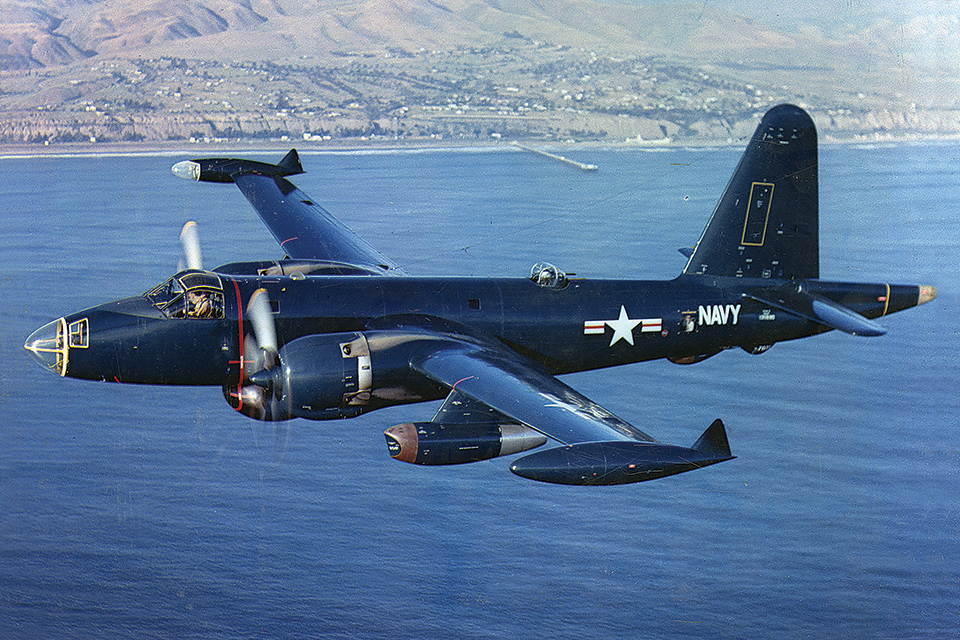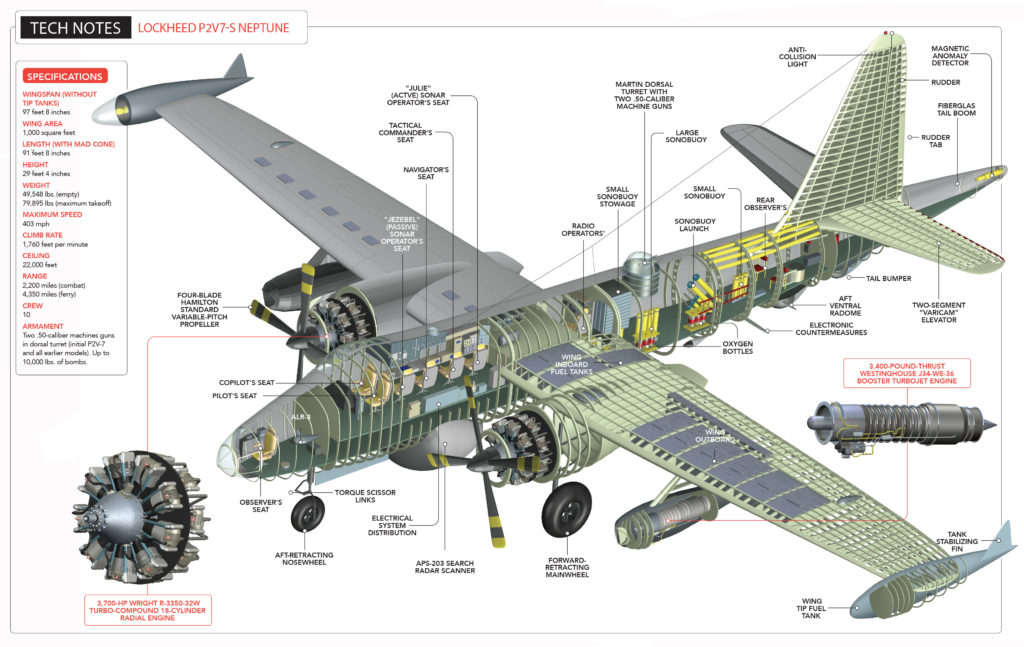I'm rereading Winterhawk by Craig Thomas, a pretty good cold-war thriller. Winterhawk is the 3rd book in the Mitchell Gant trilogy. Firefox is the best known of the three, possibly due to its being made into a movie. Firefox Down is the sequel to Firefox.
I won't give a spoiler alert, as I first read the book in 1988.
Anyway, at one point the protagonist is flying a stolen Soviet MIL-24 Hind helicopter into Kazakhstan to try to extricate a spy.
He runs low on fuel and sets down by a decrepit rural gas station, and has the peasant owner fill up the tanks with auto gasoline.
This didn't sound plausible, but per the 'net, gasoline can be used in a turbine, in an emergency situation, as an alternative to kerosene.
I won't give a spoiler alert, as I first read the book in 1988.
Anyway, at one point the protagonist is flying a stolen Soviet MIL-24 Hind helicopter into Kazakhstan to try to extricate a spy.
He runs low on fuel and sets down by a decrepit rural gas station, and has the peasant owner fill up the tanks with auto gasoline.
This didn't sound plausible, but per the 'net, gasoline can be used in a turbine, in an emergency situation, as an alternative to kerosene.




